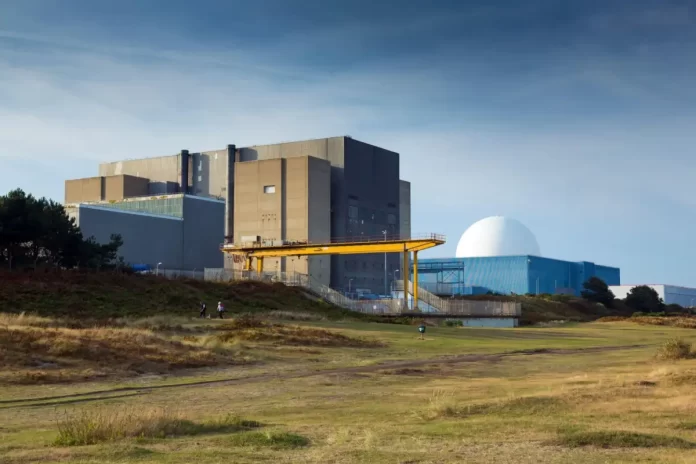The UK government has disclosed a bold strategy to bury up to 5 million tonnes of nuclear waste in a 650-foot pit within the coming decade. This initiative aims to alleviate the strain on the nation’s 17 nuclear waste sites, which are rapidly approaching their storage capacities.
While the precise location for this monumental undertaking is yet to be determined, indications suggest it will likely be constructed in either England or Wales. The proposed shallow facility serves as a temporary solution, offering respite until the establishment of a long-term geological disposal facility, projected to be operational within the next 25 years.
Also Read: Israeli Airstrikes Claim Lives in Lebanon, Including Innocent Children
The announcement has sparked both praise and concerns among environmentalists and local communities, with debates intensifying over the potential environmental impacts and safety measures surrounding the disposal site. Government officials, however, emphasize rigorous safety protocols and public consultations throughout the decision-making process.
What is Nuclear Waste
Nuclear waste refers to the radioactive materials produced during nuclear reactions in nuclear power plants, research facilities, hospitals (from medical treatments), and various industrial processes. This waste can include spent nuclear fuel, which is the used fuel from nuclear reactors, as well as byproducts from nuclear weapons production and other nuclear activities.
Nuclear waste is highly hazardous due to its radioactive properties, which can persist for thousands to millions of years, depending on the specific isotopes involved. It poses significant environmental and health risks if not handled and stored properly. Managing nuclear waste involves various techniques, including containment, storage, and, ideally, long-term disposal solutions that minimize the risk of exposure to humans and the environment.



